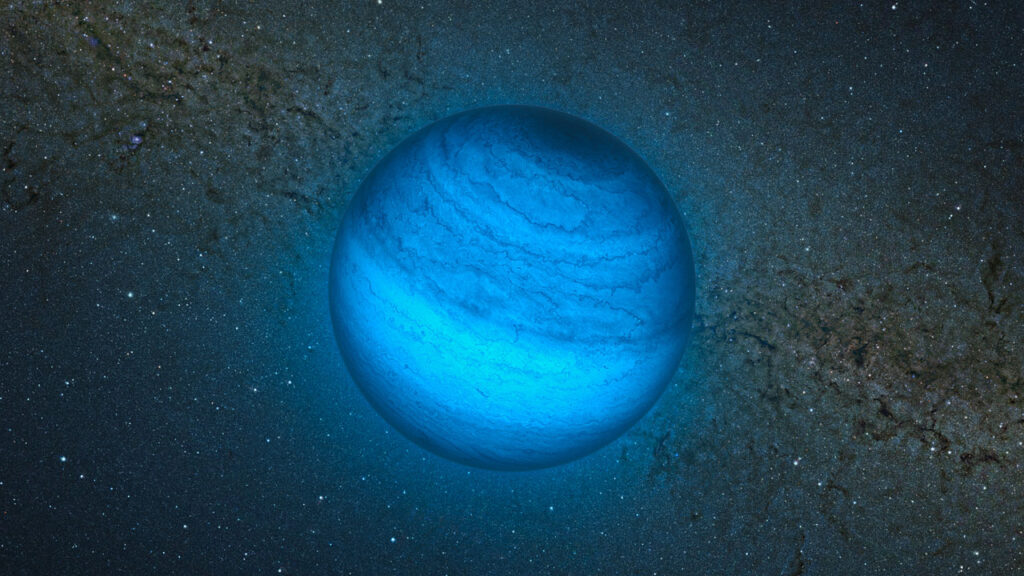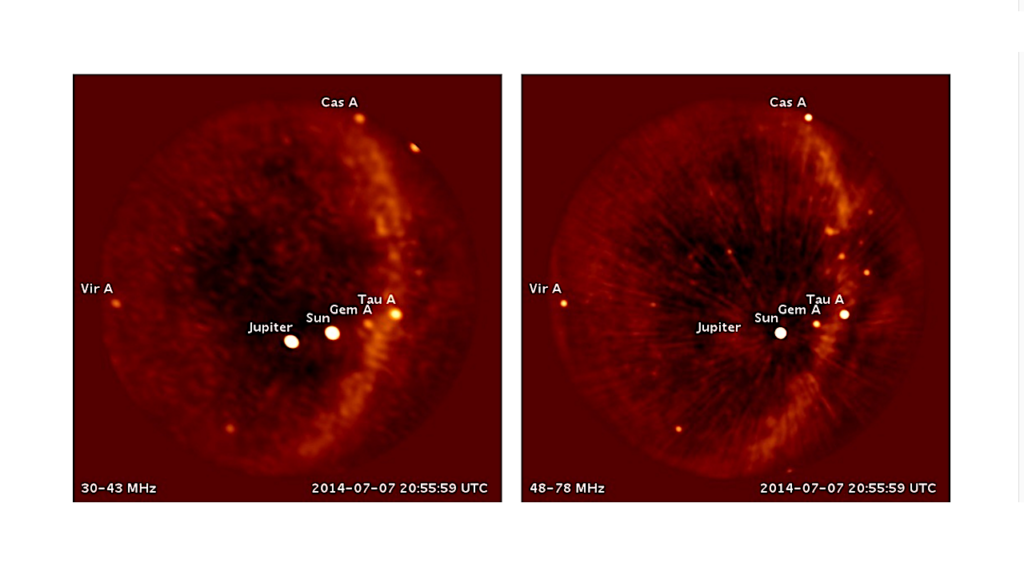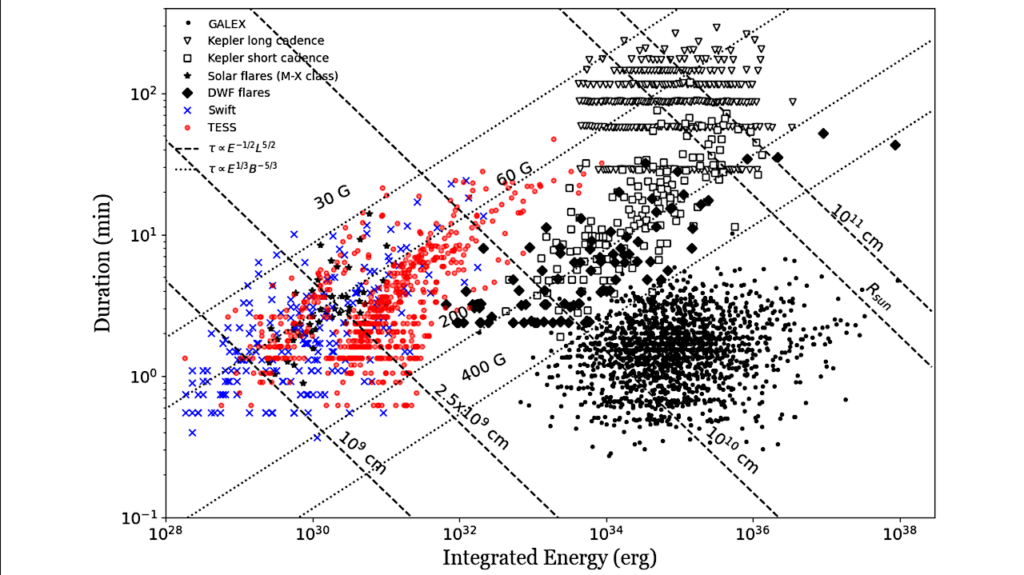Exploring And Validating Exoplanet Atmospheric Retrievals With Solar System Analog Observations

Solar System observations that serve as analogs for exoplanet remote sensing data can provide important opportunities to validate ideas and models related to exoplanet environments.
Critically, and unlike true exoplanet observations, Solar System analog data benefit from available high-quality ground- or orbiter-derived “truth” constraints that enable strong validations of exoplanet data interpretation tools. In this work, we first present a versatile atmospheric retrieval suite, capable of application to reflected light, thermal emission, and transmission observations. The tool — dubbed rfast — is designed, in part, to enable exoplanet mission concept feasibility studies.
Following model validation, the retrieval tool is applied to a range of Solar System analog observations for exoplanet environments. Retrieval studies using Earth reflected light observations from NASA’s EPOXI mission provide a key proof-of-concept for under-development exo-Earth direct imaging concept missions. Inverse modeling applied to an infrared spectrum of Earth from the Mars Global Surveyor Thermal Emission Spectrometer achieves good constraints on atmospheric gases, including many biosignature gases.
Finally, retrieval analysis applied to a transit spectrum of Titan derived from the Cassini Visual and Infrared Mapping Spectrometer provides a proof-of-concept for interpreting more feature-rich transiting exoplanet observations from NASA’s James Webb Space Telescope (JWST). In the future, Solar System analog observations for exoplanets could be used to verify exoplanet models and parameterizations, and future exoplanet analog observations of any Solar System worlds from planetary science missions should be encouraged.
Tyler D. Robinson, Arnaud Salvador
Comments: submitted to PSJ; community comments and feedback welcome!
Subjects: Earth and Planetary Astrophysics (astro-ph.EP); Instrumentation and Methods for Astrophysics (astro-ph.IM)
Cite as: arXiv:2204.04231 [astro-ph.EP] (or arXiv:2204.04231v1 [astro-ph.EP] for this version)
Submission history
From: Tyler Robinson
[v1] Fri, 8 Apr 2022 18:00:03 UTC (29,000 KB)
https://arxiv.org/abs/2204.04231
Astrobiology








